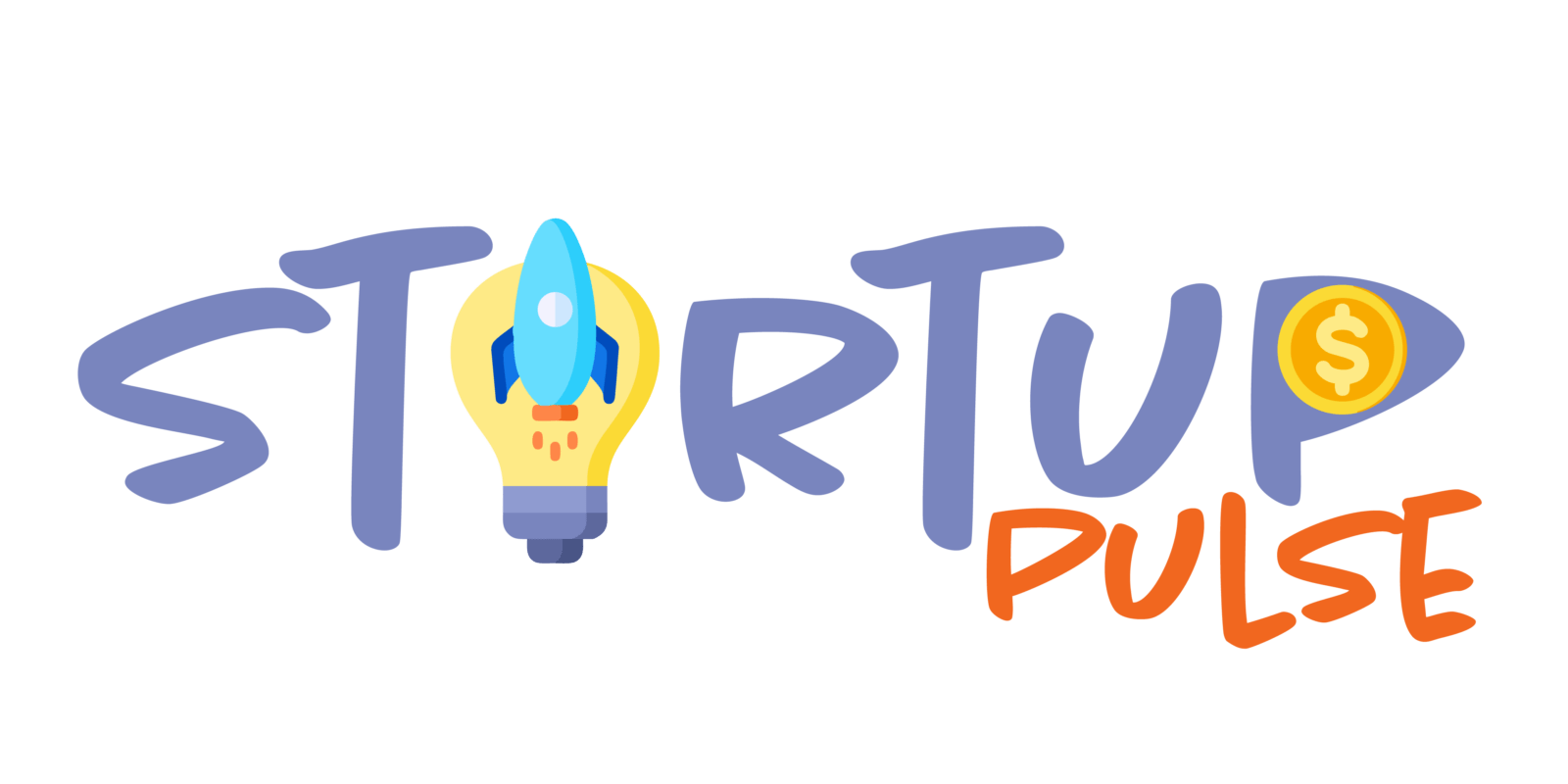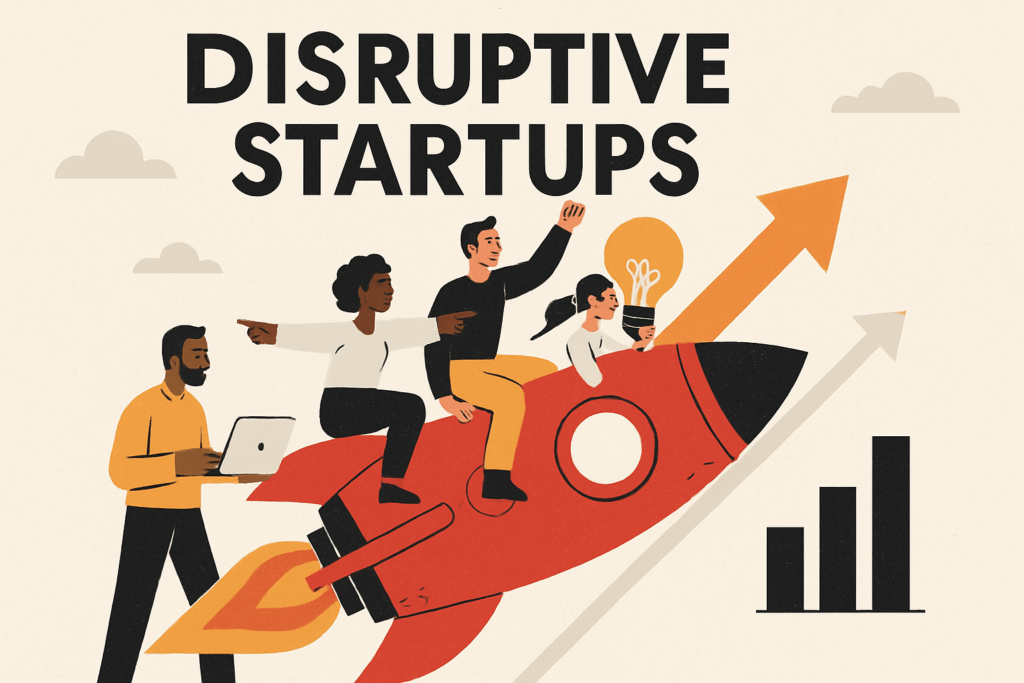From Dorm Room to Boardroom: Startup Success Stories
- Start with the classic image: bright minds, cramped dorms, big dreams.
- Highlight why “startup success stories” keep inspiring new founders.
- Set the stage for lessons from idea to IPO.
From Dorm Room to Boardroom: Startup Success Stories
Picture it: textbooks scattered, takeout boxes balanced on laptops, and a whiteboard crammed with wild ideas and half-baked diagrams. The dorm room—home to late nights, caffeine-fueled debates, and more dreams than square footage—has launched some of the world’s boldest startups. For generations, these cramped spaces have cultivated ambition and hustle, transforming “what if?” into “why not?”.
Why do we keep coming back to startup success stories? Because each one proves that it’s not about where you start, but how far and hard you’re willing to push. They remind us that with imagination, grit, and a bit of scrappiness, yesterday’s college project can morph into tomorrow’s Fortune 500 company. The journey from dorm room to boardroom is messy, unpredictable, and necessary. It keeps new founders inspired and makes the impossible look just doable enough to try.
Let’s dig into what it takes—from fuzzy idea to public IPO. Along the way, you’ll find lessons worth stealing, setbacks worth learning from, and proof that your wildest ambition might be just the first step.
Financial Implications of Winning Millions
Immediate Financial Decisions
Winning the lottery brings a set of financial challenges:
- Managing Taxes: A significant portion of the prize often goes to taxes, requiring careful planning.
- Investment Choices: Hiring financial advisors can aid in creating a sustainable financial future, while impulsive spending can lead to rapid financial ruin.
- Securing the Future: Without disciplined budgeting, even substantial wealth can quickly vanish.
Lifestyle Changes
With newfound wealth, lifestyle transformations are inevitable:
- Luxury Purchases: Winners frequently buy expensive homes, cars, and enjoy high-end vacations.
- Social Dynamics: The wealth can attract distant relatives and old acquaintances seeking financial support, creating tension.
- Maintaining Privacy: Navigating public attention and scrutiny becomes a new challenge. Some winners choose a low-profile lifestyle to avoid pressures.
Beyond Personal Gain: Building a Legacy
Some winners focus on using their fortune for broader societal impact:
- Philanthropy: Investing in charities, scholarships, and community projects is common among those wanting to make a difference.
- Community Investment: Launching nonprofits or funding local businesses can help revitalize struggling areas.
- Legacy Planning: Decisions on wealth distribution not only affect personal standing but also influence the legacy they leave behind.
While some embrace luxury, others find fulfillment in philanthropy and community involvement, illustrating the diverse paths a lottery winner can take.
Three Startup Successes That Started Small
Let’s put theory behind us for a moment and run through three companies that went from zero-budget grind to household name. These aren’t fairytales; they’re blueprints written in ramen packets and late-night code.
Case Study 1: Tech Innovation from Tiny Spaces
Think about Dropbox. Drew Houston and Arash Ferdowsi started what would become a multi-billion dollar file storage solution in a shoebox-size MIT dorm. Early on, their “office” was wherever they could put a laptop. They sent out a three-minute demo video and got 75,000 email signups overnight—even before their real product was finished. What worked? Ruthless focus on one unique problem: “file sync that just works.” What didn’t work? Early investor pitches struggled. Some couldn’t see the need—until they saw the market traction. That’s the grind most people miss: pitching, iterating, trying again, and finally nailing the fit.
Case Study 2: The Low-Budget Software Launch
Buffer, the social media scheduling tool, started with less than $1,000 and a simple landing page. Joel Gascoigne built an MVP (minimum viable product), then asked people to sign up—not for the app, but for the idea. Enough said “yes” that he stayed up overnight to actually build it. Real-world milestone: paid customers validated the concept before there was even a business. The edge? Hustling for feedback and being transparent about the gut-punch realities of startup life. Gascoigne blogged both wins and failures, creating a loyal audience long before Buffer got serious press.
Case Study 3: Two Friends, a Challenge, and the Bet-the-House Risk
Spanx started smaller than most: Sara Blakely and a friend cut the feet off pantyhose in a tiny Georgia apartment, testing and tweaking until perfection. She spent her savings—$5,000—to produce a first batch, cold-calling manufacturers and hearing “no” until she found one who’d take a chance. Her breakthrough? Landing on Oprah’s Favorite Things and seeing sales multiply overnight. Major startup achievement: the first self-made female billionaire with no investors or big ad campaigns—just hustle, grit, and a clever product.
What do these stories have in common? Scrappy beginnings, relentless experimentation, and the willingness to ask, “Why not me?” These milestones didn’t happen in some glossy Silicon Valley office. They happened in cramped rooms, borrowed labs, and on shoestring budgets—practical proof that the entrepreneurial journey can kick off anywhere and lead just about everywhere.
Internal Lessons: What Sets These Founders Apart?
Here’s the uncomfortable truth: most ideas fizzle out long before the first hint of a boardroom. What separates outliers from the crowd isn’t luck or perfect timing—it’s a mental edge and an ability to keep pushing forward, even (especially) when things go sideways.
Resilience is the starter pack. Founders face hurdles that would make most people nope-out—sudden cash crunches, products that flop, users that never show. Instead of folding, these startup founders stick around, tweak their approach, and keep shipping. Adaptability becomes a muscle, not a backup plan. Need to pivot from social app to enterprise tool overnight? That’s Tuesday.
Relentless iteration is the unsexy part most highlight reels skip. Products fail. Teams disagree. But these founders treat every flop as feedback, not finality. Iteration loops are short and merciless—they build, test, get punched in the gut, then rebuild.
Most crucial? Learning to love the setback. A botched launch nudges them toward a new market. A “no” from an investor sparks the idea that changes everything. If you’re looking for secret sauce, it’s that founders treat obstacles like invitations to innovate.
Sometimes it’s not about having the best idea, but being the last one in the room, still tinkering, still believing. For a deeper dive, check out Disruptive Startup Lessons.
External Perspective: Why These Stories Matter
It’s not just aspiring founders who obsess over stories that start in dorms or garages. Investors comb through startup lore, hoping to spot echoes of past greatness in today’s caffeine-fueled Zoom calls. Mentors and accelerators reference breakout moments—like the classic “we almost gave up, but…” to remind new founders what’s possible. For them, these stories aren’t just comforting folklore; they’re playbooks in disguise.
What’s different now is the speed and scale. You don’t need a physical garage anymore. Your messy bedroom, coworking space, even your favorite coffee shop—those are your launching pads. The pattern, though, stays the same: underestimated beginnings, wild focus, and relentless betting on yourself.
If you’re dreaming big today, it helps to study these blueprints. They prove that creativity and grit can outmaneuver resources. They remind us that—regardless of changing tech or market trends—the drive to build, solve, and risk it all is what defines true entrepreneurial journeys. Want more proof? Dive into the tales at Inc Magazine’s Dorm Room to Boardroom collection. Odds are, the next headline-makers are working on something scrappy right now.
Conclusion
Every company that now fills glossy conference rooms and downtown high-rises began with a half-crazy idea in an unlikely place. The truth is, boardroom legends aren’t born overnight—they’re built in cramped apartments, late-night study lounges, noisy coffee shops, or wherever someone decided to stop waiting for permission and start working on a dream. There’s no single blueprint, no perfectly smooth path. But if these founders teach us anything, it’s that persistence outlasts doubt, creativity thrives within limits, and you don’t need a “perfect start” to create something that lasts.
If you’re scanning this article from a shared kitchen table, a cluttered desk, or even beneath a stack of student loan bills, good. That’s where the real stories begin. Take these startup achievements as the nudge you need to try, fail, try again, and maybe, start something nobody’s seen before. The next big thing? It could start right where you are, today.




